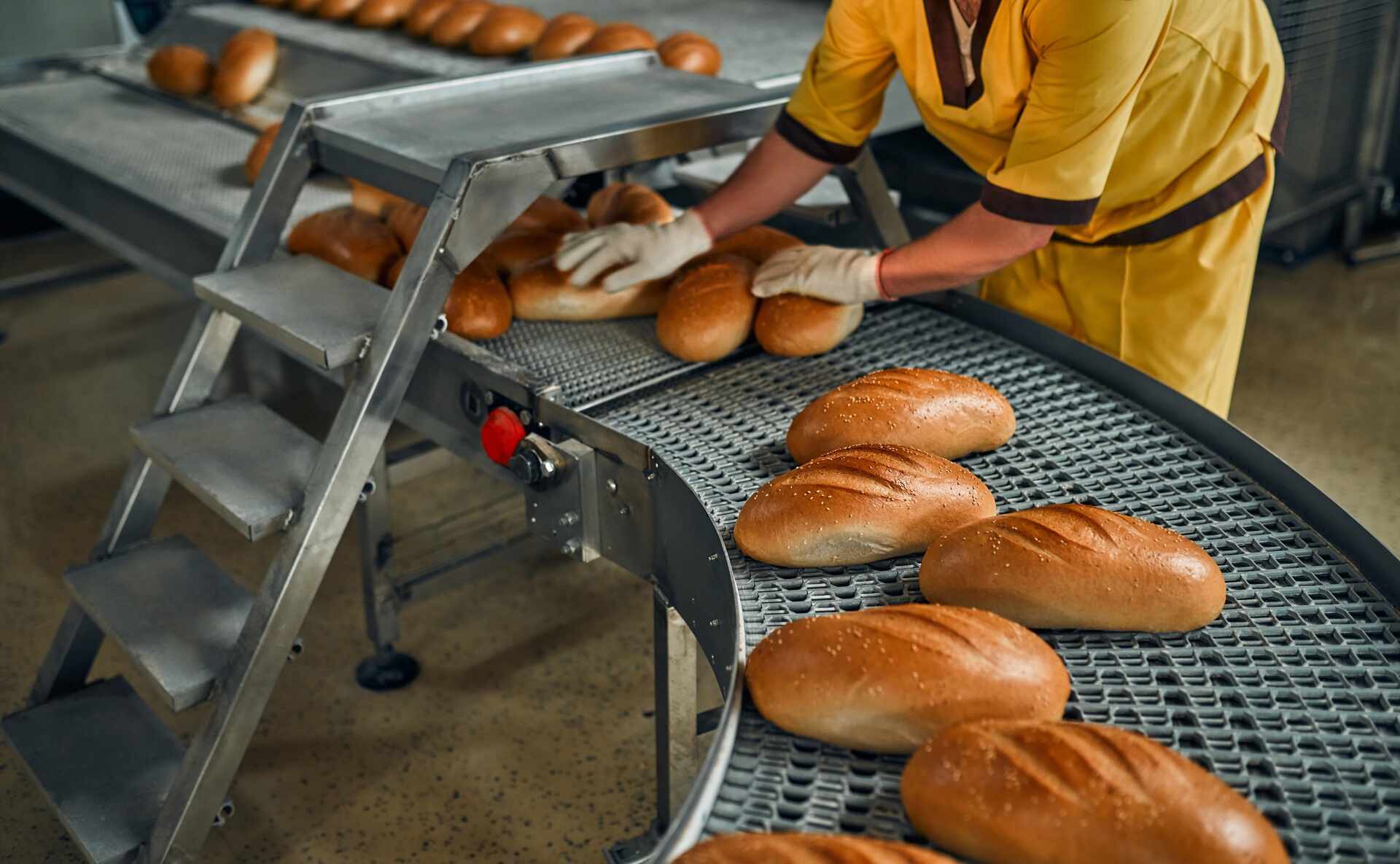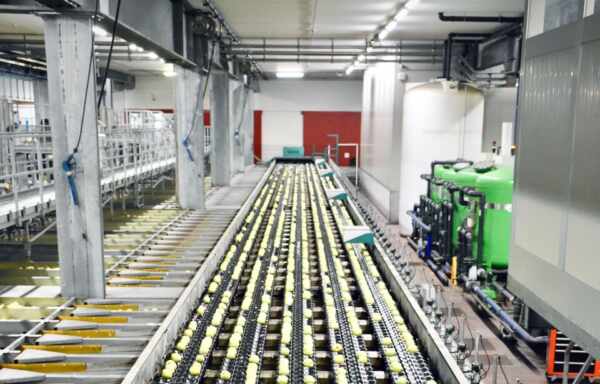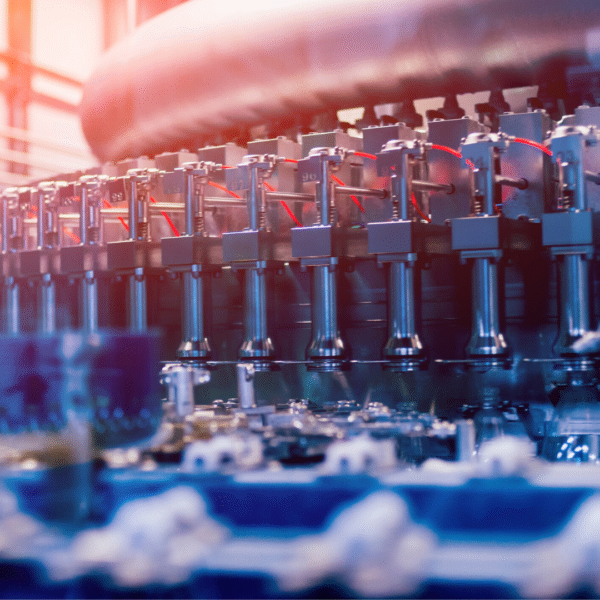In the competitive world of food manufacturing, optimising efficiency and maintaining the highest hygiene standards are crucial for success. Conveyor belts play a significant role in achieving these goals, facilitating the safe, efficient, and hygienic movement of food products throughout the manufacturing process. However, not all conveyor belts are created equal, and selecting the right conveyor belt system for your specific food manufacturing application is essential for maximising efficiency and ensuring product quality.
In this comprehensive guide, we will delve into the importance of choosing the most appropriate conveyor belt system for your food manufacturing requirements, the benefits offered by selecting the right system, and the crucial factors you need to consider when making your choice. We’ll also provide insights into the different conveyor belt materials and designs best suited for various food industry applications.
By carefully selecting and maintaining the right conveyor belt system, you can not only optimise productivity but also ensure consistent compliance with stringent industry regulations and food safety standards – giving you the competitive edge needed for long-term success in the food manufacturing sector.
Maximising Food Manufacturing Efficiency with the Right Conveyor Belt System
Key Factors to Consider When Selecting a Conveyor Belt for Food Manufacturing
To ensure you choose the most appropriate conveyor belt system for your food manufacturing needs, it’s essential to consider several factors that can influence the efficiency, hygiene, and overall effectiveness of the system. Here are four key factors to keep in mind when making your decision:
1. Compliance with Food Safety Standards
When selecting a conveyor belt system for food manufacturing applications, ensuring compliance with strict food safety standards and regulations is paramount. To meet these requirements, the conveyor belt material must be easy to clean, resistant to contaminants, and non-toxic. Conveyor belts designed for food manufacturing applications often feature specialised coatings or materials that comply with standards such as FDA, EC, and HACCP.
2. Durability and Resistance to Wear
Given the demanding nature of food manufacturing environments, durability is a crucial factor to consider when selecting a conveyor belt system. A conveyor belt that is resistant to wear, tear and damage from any abrasive food products or harsh cleaning chemicals will ensure long-lasting performance and minimal downtime.
3. Hygienic Design
Hygienic design is of utmost importance in the food manufacturing industry, as conveyor belts must be easy to clean and maintain to prevent the build-up of bacteria and contaminants. A hygienic conveyor belt system should have minimal crevices, a smooth surface, and easy access to all components to facilitate effective cleaning and minimise the risk of cross-contamination.
4. Adaptability and Customisation
Food manufacturing facilities come in various sizes and configurations, making adaptability and customisation significant factors in conveyor belt system selection. Assess your facility’s unique requirements, including space constraints, process flow, and throughput demands, to ensure the conveyor belt system you choose can be adapted to suit your operational needs and easily integrated into your existing infrastructure.
Types of Conveyor Belt Materials and Designs for Food Manufacturing Applications
There is a wide range of conveyor belt materials and designs available to suit the diverse needs of food manufacturing applications. Here, we take a closer look at three popular conveyor belt materials and designs for the food industry:
1. Plastic Modular Belts
Plastic modular belts are a popular choice for food manufacturing applications thanks to their hygienic design, durability, and ease of maintenance. These belts comprise interlocking plastic modules, which can be easily replaced or removed for cleaning and maintenance. The plastic material is resistant to water, chemicals and wear and is available in various surface textures designed for specific food product handling requirements.
2. Stainless Steel Belts
Stainless steel conveyor belts offer several advantages in food manufacturing environments. They are highly resistant to wear, corrosion, and temperature extremes, making them suitable for use in both hot and cold processing applications. Additionally, stainless steel belts have a smooth, non-porous surface that is easy to clean, making them ideal for maintaining the highest hygiene standards.
3. Fabric Conveyor Belts
Fabric conveyor belts, often made from materials like polyester or polyurethane, offer a high degree of versatility for food manufacturing applications. These belts are available in various surface textures and coatings, making them suitable for handling a wide range of food products with varying degrees of friction, release, and grip requirements. In addition, fabric conveyor belts are lightweight and, in many cases, can be more affordable than other belt types.
The Benefits of the Right Conveyor Belt System in Food Manufacturing
By selecting the most appropriate conveyor belt system for your food manufacturing needs, you can unlock a range of advantages that will improve your overall operational efficiency and profitability. Some of the primary benefits include:
1. Enhanced Productivity
The right conveyor belt system can streamline your production processes, allowing you to move products more efficiently and consistently during the manufacturing process. This increased productivity can lead to higher overall throughput and reduced production times.
2. Reduced Downtime
A well-suited conveyor belt system will be designed to handle the specific requirements and challenges of your food manufacturing operation. As a result, you can experience reduced downtime related to maintenance, cleaning, and belt replacements.
3. Improved Hygiene and Compliance
By focusing on hygienic design and selecting materials that comply with stringent food safety standards, you can ensure your conveyor belt system meets regulatory requirements and minimises the risk of contamination in your facility.
Conclusion
Choosing the right conveyor belt system for food manufacturing applications is essential for maximising efficiency, hygiene and competitiveness in this demanding industry. By considering factors such as compliance with food safety standards, durability, hygienic design and adaptability, you can identify the ideal conveyor belt to suit your specific needs.
With our expertise and comprehensive range of conveyor belt solutions, you can be confident in achieving your operational goals and maintaining the highest standards of hygiene in your food manufacturing facility.
Enable your food manufacturing operation to thrive with the right conveyor belt system. Contact Change Parts Pty Ltd today to discuss your unique requirements and discover how our industry-leading solutions can help propel your business forward.




